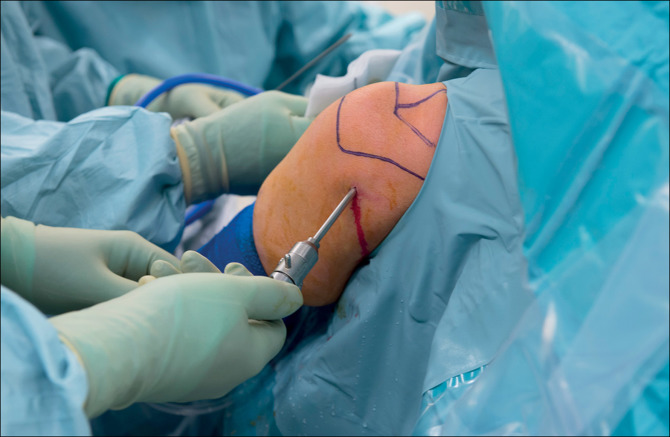Race season is here! As a runner, you are already out there logging miles to train for upcoming races. Training season is also when Col Dr Adari, a sports medicine physician at Orthobridge Institute’s orthopedic and fracture care practice, sees runners coming in with injuries.
Runner’s Knee
The kneecap is rubbing against other structures of the knee joint, not tracking properly when bending and straightening, and the increased friction leads to progressive pain with running.
Shin Splints
Also called medial tibial stress syndrome, it’s a pain in the front or inside of the shin where the muscle originates or rubs along the shin bone and causes inflammatory pain. Continued strain in this area may sometimes be a prelude to a stress fracture.
Stress Fracture
A break in the lower leg bones, pelvic or thigh bones, or any other important bone necessary for running. It is often related to a combination of increased running time or distance, and the body’s impaired ability to recover from the stress of exercise.
Foot and Ankle Injury
Any injury in the toes, arch, or tendons of the feet and ankles. Achilles tendinopathy and plantar fasciitis are most common.

Mix it up
Yes, your training schedule says you have to run so many miles so many days of the week. Too often, runners focus only on logging their miles instead of doing other types of exercise.
Most top athletes don’t just do their sport all the time,” says Col Dr Adari, who is a team physician for Orthobridge Institute’s orthopedic and fracture care practice. “They do other complementary fitness activities that help them perform their sport better. The same concept applies for running.
If you want to avoid an injury, Col Dr Adari says mix in exercises to strengthen your core, hips, and quadriceps. These areas help stabilize the knee to avoid runner’s knee and stress fractures. When any of these areas are weak, it can lead to imbalanced running, and compensating for weakness places stress on other areas.
-
Watch your mileage
“The magic number is 40 miles a week,” Col Dr Adari says.
Some runners can double that and have no injures. Others can run less than that and be in pain. Still, runners who try to log more than 40 miles per week tend to be most at risk for injuries, especially stress fractures, he says.
Stress fractures stem from overusing a certain part of your body, according to the American Academy of Orthopaedic Surgeons (AAOS).
The real problem with overdoing it on the mileage is that, if it leads to a stress fracture, you’ll go from training for the race to just watching it on television. Stress fractures usually require a six- to-eight-week break from running, says AAOS.
Col Dr Adari says it’s best to stay under 40 miles a week, and to cross-train — perhaps with biking or swimming as well as separate resistance training — to maintain conditioning and avoid the kind of fatigue with longer distances that predisposes to injury.

Remember: It’s not that deep
So, what happens if you do get an injury?
“Sometimes, when you set a goal and you get close to it, you want to just power through it,” Col Dr Adari ” But if you’re doing a practice run for five miles and having pain, why does running 10, 13.1 or 26.2 miles make sense?”
This is about listening to your body and knowing when it’s time to run or rest. That could mean tapering your running routine or sitting out until the next race.
“Most big cities have several races a year,” Col Dr Adari says. “But fortunately, missing race day won’t keep you out of the game for too long. There are probably 1,100 marathons a year. That’s an average of more than 20 races being run somewhere in the country every weekend.”
So, if you have to pass on a race or training run before the big one you’re training for, it shouldn’t be regarded as a failure, but instead a sense of delayed gratification,” he says.
If an injury is holding back your progress, use that time to focus on mechanics. Consider working with a running coach or trainer to evaluate how your gait, your stride, or weakness in other areas might have contributed to your injury… and how to prevent another.
Then, when you’ve recovered, lace up and cross the finish line injury-free and more confident in your ability.












